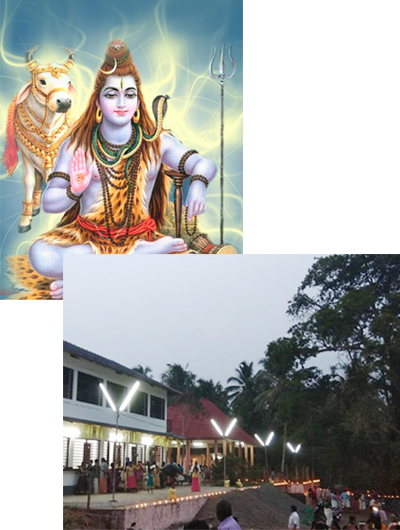Opening Hour:10:00AM-8:00PM

Vengilassery Desam is Situated in Velur Village of Thalappilly Taluk, Thrissur District. During the Kings time most of the areas of Thalappilly Taluk was in the princely state of Chengazhikkode including Vengilassery. During the period of Samantha Raja, the Nambiars started staying in Chengazhikode and they were called Chengazhi Nambiars. Chengazhi Nambiars were the rulers of erstwhile Chengazhikkode. They were the royal and trust worthy people of the king and were looking after the day-today affairs of the people including land-tax collection. In the earlier times there were many illams such as Kuroor illam, Chemmangatt illam, Kadamana illam and Vengillam in the Vengilassery area of Chengazhikode. The name Vengilassery is believed to have been derived from ‘Vengillam’. Apart from this there were many cottage type schools in this area. The famous German missionary Arnos Pathiri came into contact with these illams and schools and he learnt Sanskrit and grammar from them and established a church also.
The Kuroor illam originaly belonged to Kodumbu desam in Palaghat District. They had come and settled in Vengilassery at about 400 years ago. Their family deity was Kallekulangara Bhagavathy. Earlier Kuroor illam was very close to Palaghat Rajah family and they were active participants in all royal family functions. During the course of time due to the misdeeds of a King, they became critical of the king and abstained from all royal functions. Because of this, the King was furious with them and ordered the Namboodiri Brahmins to leave the place. Tamil Brahmins were brought in their place. The Kuroor illam came to Chengazhikode and they were given land and other facilities by Chengazhi Nambiars. Subsequently they became the owners of vast landed property. After staying here for a long time, they again shifted to Adat, in Thrissur Dt. Since their exit most of their lands were encroached upon except a small piece of land where the illam existed. When the illam was in Vengilassery they were looking after the Chernthala Siva Temple. Due to the shifting of illam and the enactment of agrarian reforms the income of the temple was reduced and the conduct of daily rituals of temple became difficult.
The Chernthala Siva Temple is believed to be thousands of years old. For a long time all the day to day and annual rituals and festivals such as ‘murajapam’, ‘varam’, etc. were observed on a grand scale. Subsequently all these activities were discontinued and the temple itself was on the verge of ruin and decay. This periodical cycle of rise and decline continued for a long time and at one stage a temple was erected around the ‘Swayamboo’ Siva Lingam’.
For a long time the Chernthala temple was managed by Kuroor illam and Chengazhi Nambiar. After shifting of illam to Adat, the day to-day activities of the temple was conducted by Edavazhippuram Namboodiri and Thayyur Nambissan. In the course of time since no one was there to protect the temple the surrounding areas were all lost. But still the temple was being looked after somehow by Arikkara Sitaraman Embranthiri and Ananthan Embranthiri for a long time. After the exit of Kuroor illam from Vengilassery no one came forward to protect this ancient holy ‘Swayambhoo’ Siva Temple. Most of the land around the temple was lost including the ‘chira’(big pond). The temple itself was in a dilapilated condition. The tiles on the roof of sanctum-sanctorum had fallen off. The wall on one side had collapsed and the plaster on the walls had been peeled off. Because of the utter neglect of the temple the local people had to face the wraths of Lord Siva in the form of acute diseases and accidents.
Finally after a long time, in Feb. 1995 the local people formed a committee and started repair and re-constructing the temple. Due to the mining activity in the adjacent hillok lot of loose soil and pebles are flowing into the Chernthala chira making it dirty. The temple and the chira are hundreds or thousands of years old. The huge banyan tree near the temple stands testimony to this. The narrow passages around the temple and some parts of the chira are in the public area. All this indicates that the chira and the temple formed a separate entity.